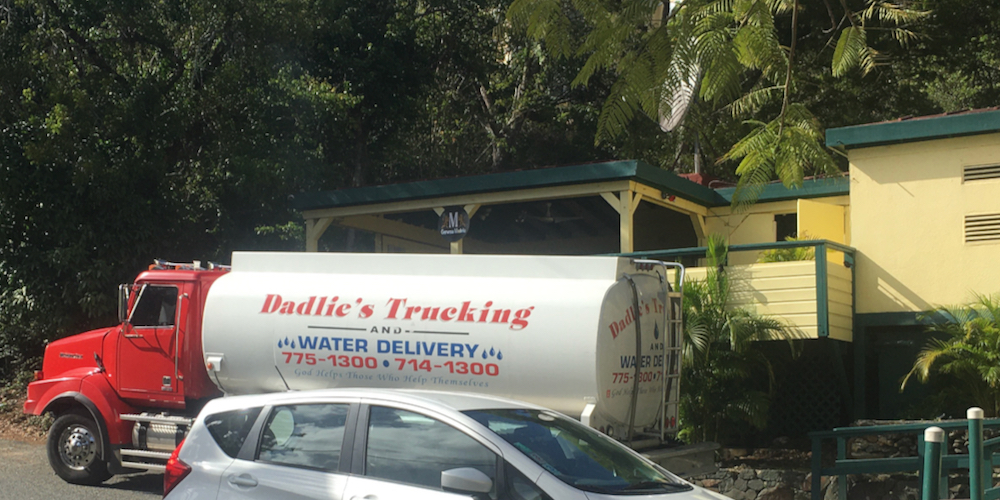
The U.S. Virgin Islands is officially in a severe drought, which has triggered a U.S. Department of Agriculture disaster declaration for St. Thomas and St. John, according to a report issued Friday by NOAA’s National Integrated Drought Information System.
“There are signs of soil cracking on St. Thomas and St. Croix, and vegetation is showing distress across all islands. Precautions such as ordering hay and water deliveries are being taken to get through the dry season. The next three weeks will be critical to the agriculture sector,” according to the report, which was prepared by officials with NIDIS, the National Weather Service, USDA Caribbean Climate Hub, USFS International Institute of Tropical Forestry, and the University of the Virgin Islands.
“We’re still expecting the showers we always get in May, and it’s possible that Sunday through Tuesday we could have a trough,” but it will not be enough rainfall to alleviate the drought conditions across the islands, said Hector Morales, a meteorologist in charge of warnings coordination at the San Juan, Puerto Rico, office of the National Weather Service.
“There is a wet season and a dry season, and the wet season goes hand in hand with tropical waves moving across the islands. We have to wait for a robust tropical wave to occur,” and that likely won’t happen until July, Morales said.
Rainfall deficits range from 3 to 6 inches across the territory, with only 60 percent of normal rainfall seen at Cyril E. King Airport on St. Thomas and Henry E. Rohlsen Airport on St. Croix through May 3, making this the driest such period since 2000, according to the report, which Morales said is an important tool for decision-making over the next few weeks.
“It’s very important to make the right decisions. The government has to make their decisions to protect their resources, and we have to extend the lifespan of the water we have,” Morales said.
“Unfortunately, drought impacts should continue to worsen through mid-summer,” based on the 3-month extended forecast by the Caribbean Climate Outlook Forum and the National Weather Service National MultiModel Ensemble, the report states.
Farmers were the first to notice there was a problem, reporting signs of soil cracking in late March on St. Thomas, and a decrease in egg production due to the heat at poultry farms on St. Croix, according to the report. Farmers on St. John, observing a lack of rain and early warm weather, planned for a much drier season, it says.
“Scattered rainfall territorywide is occurring but not soaking into the soil. Farmers are also reporting that it is hotter and soil conditions are much drier than at this time in previous years,” according to the report, which also warns of a greater risk of fire across the USVI and much of Puerto Rico, which also is experiencing severe drought conditions.

The V.I. Agriculture Department intends to order hay from the mainland to ensure livestock farmers have enough to get through the dry season, and 8 consecutive weeks of severe drought triggered the USDA’s Livestock Forage Disaster Program for St. Thomas and St. John on May 6, the report says.
Water also is a concern, with farmers relying on wells, cisterns and groundwater when available, but also purchasing water, the report states. The V.I. Agriculture Department reported that more than 1 million gallons of water were delivered in March to the agricultural community on St. Croix, and another 952,353 gallons in April.
The USVI is eligible for the USDA disaster program, which compensates eligible livestock producers for grazing losses, and those who plant land specifically for grazing, since the territory became part of the U.S. Drought Monitor in June 2019, thanks to the efforts of the Agriculture Department and the University of the Virgin Islands Cooperative Extension Service Environmental Health and Climate Team.
The U.S. Drought Monitor shows the location and intensity of droughts across the United States and its territories, with each island in the USVI mapped separately. Droughts are measured on a scale of D0 to D4, ranging from abnormally dry to moderate, severe, extreme and exceptional. The territory is currently at a D2 drought level, according to Friday’s report.





